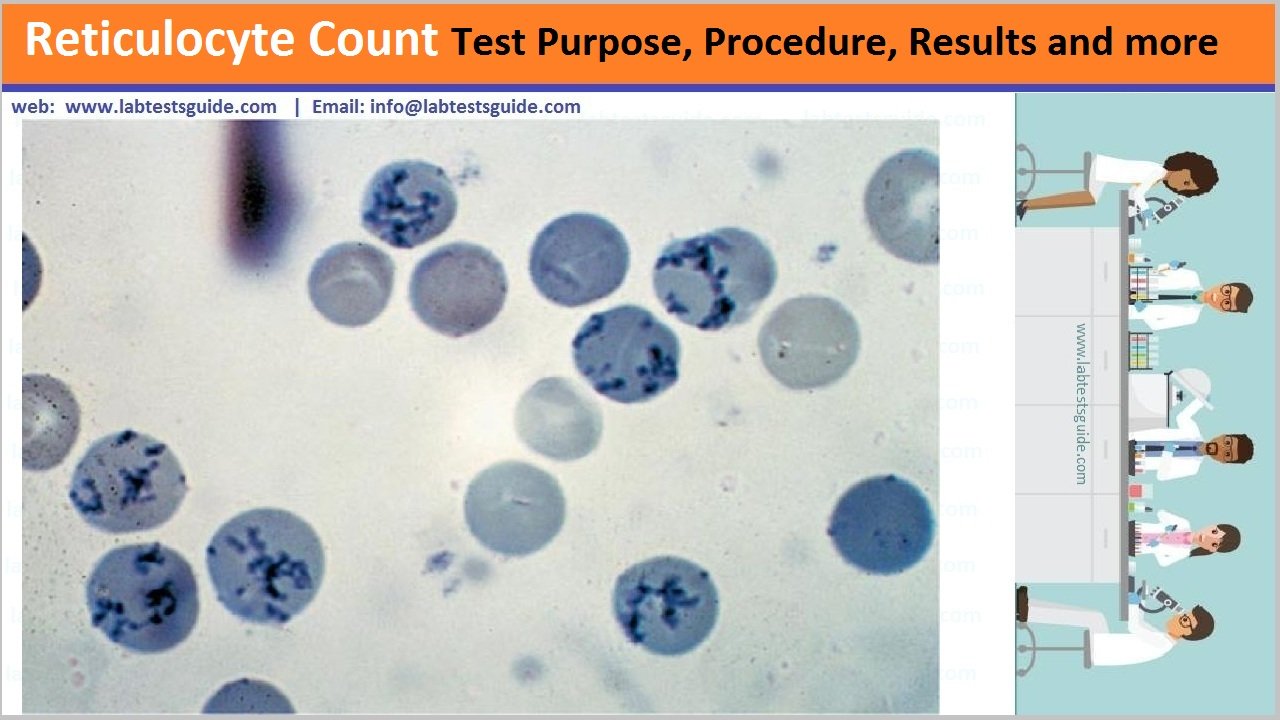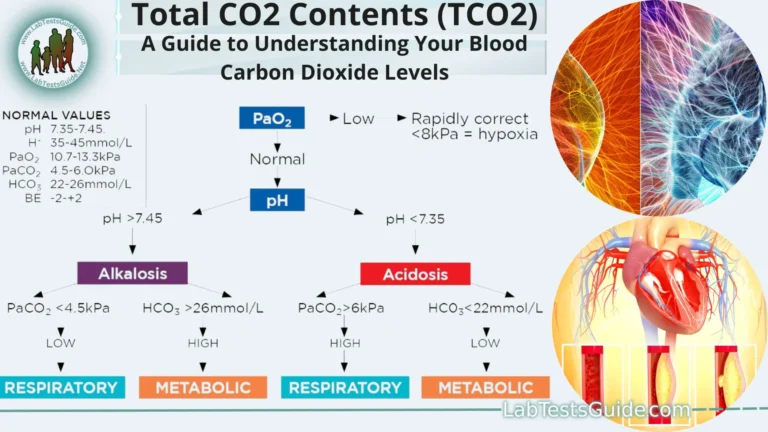Reticulocytes are immature red blood cells (RBCs) with considerable quantities of ribosomal and mitochondrial RNA. Normally, there are a small number of reticulocytes in the peripheral blood which remain for 24-48 hours during maturation.

Reticulocyte count is the test for determinigg bone marrow function and evaluating erythropoietic activity. It is used to classify and moniter therapy for anemias. Reticulocyte number increases when there is an increase in erythropoietic activity.
Also Known as: Retic Count, Reticulocyte Percent, Reticulocyte Index, Corrected Reticulocyte, Reticulocyte Production Index, RPI
Why get Tested:
- To help evaluate the bone marrow’s ability to produce red blood cells (RBCs).
- To help distinguish between various causes of anemia.
- To help monitor bone marrow response and the return of normal marrow function following chemotherapy, bone marrow transplant, or post-treatment follow-up for iron deficiency anemia, vitamin B12 or folate deficiency anemia, or renal failure
When to get Tested:
- Reticulocytes count differentiates anemia caused by bone marrow failure or from hemorrhage or hemolysis.
- To check the effectiveness of treatment of Pernicious anemia, folate and iron deficiency.
- To assess the recovery of bone marrow function in aplastic anemia.
- To find out the effect of the radioactive material on exposed workers.
Sample Required:
- The EDTA blood is the best sample.
Normal Values:
- Adult = 0.5 to 1.5 % of total RBCs counted.
- Newborn = 3 to 6 %.
Increased reticulocyte values are seen in:
- Hemolytic anemia :
- Post hemorrhage Increased occur after 3 to 4 days.
- After treatment of anemia.
Decreased reticulocytes values is seen in:
- Aplastic anemia.
- Anemia of chronic disease.
- Untreated iron-deficiency and pernicious anemia.
- Radiation therapy.
- Bone Marrow infiltration by tumors leading to bone marrow failure.
- Myelodysplastic syndrome.
- Alcoholism.
- Adrenocortical hypofunction.
- Anterior pituitary hypofunction.
- Chronic diseases.
Possible References Used






